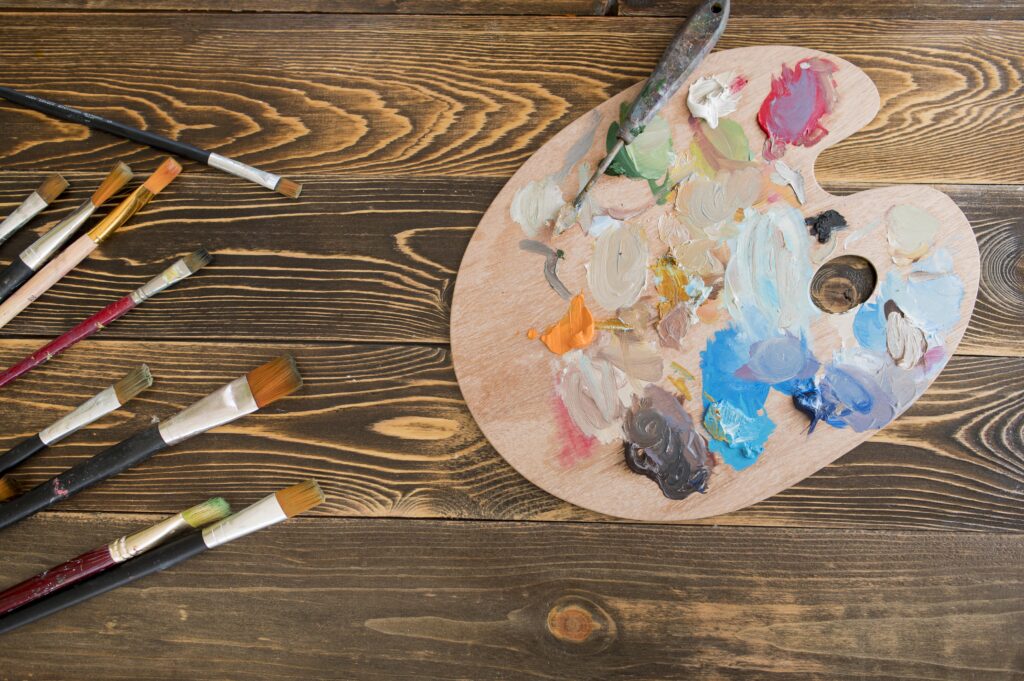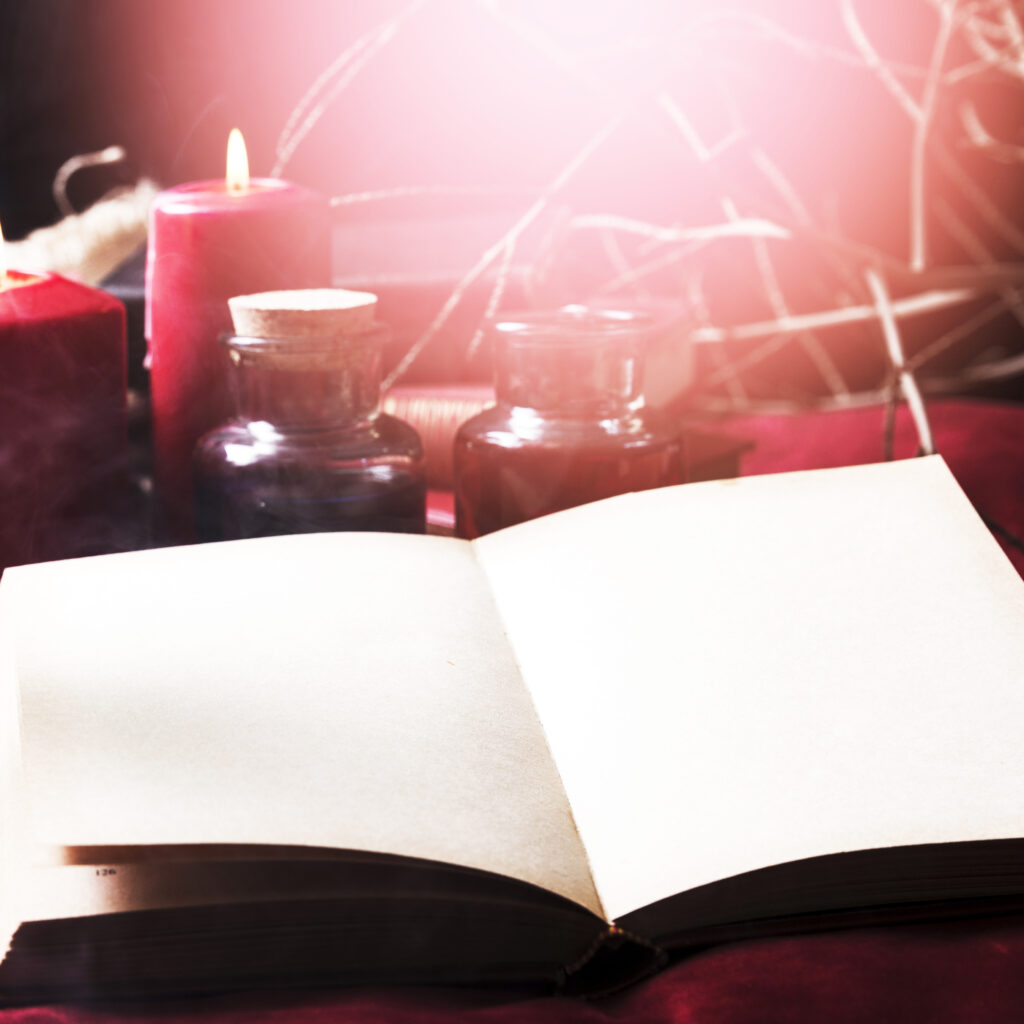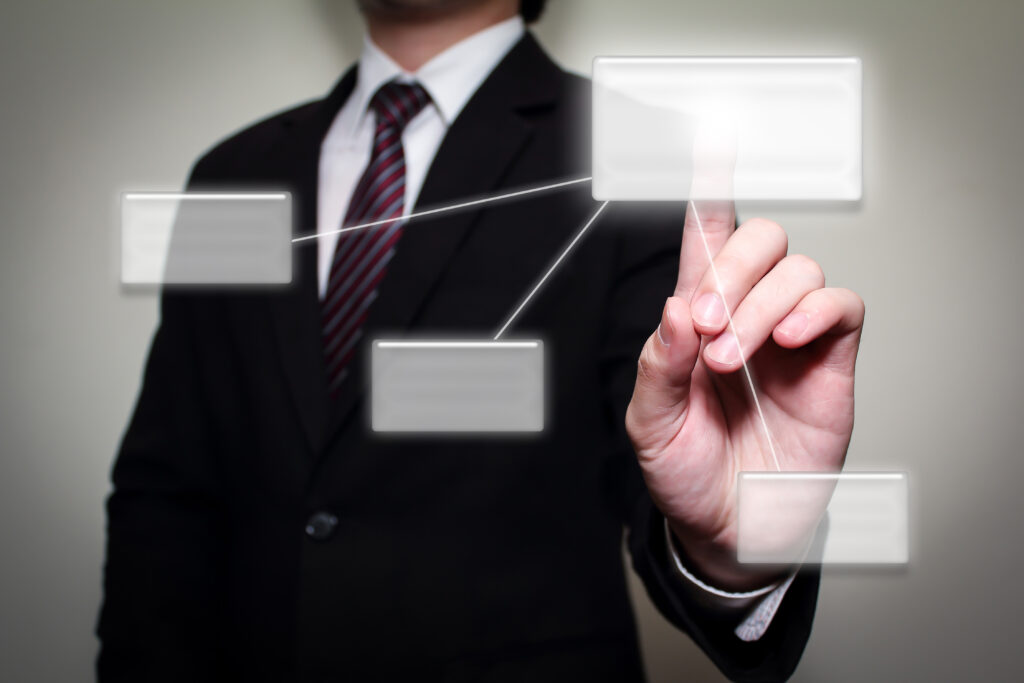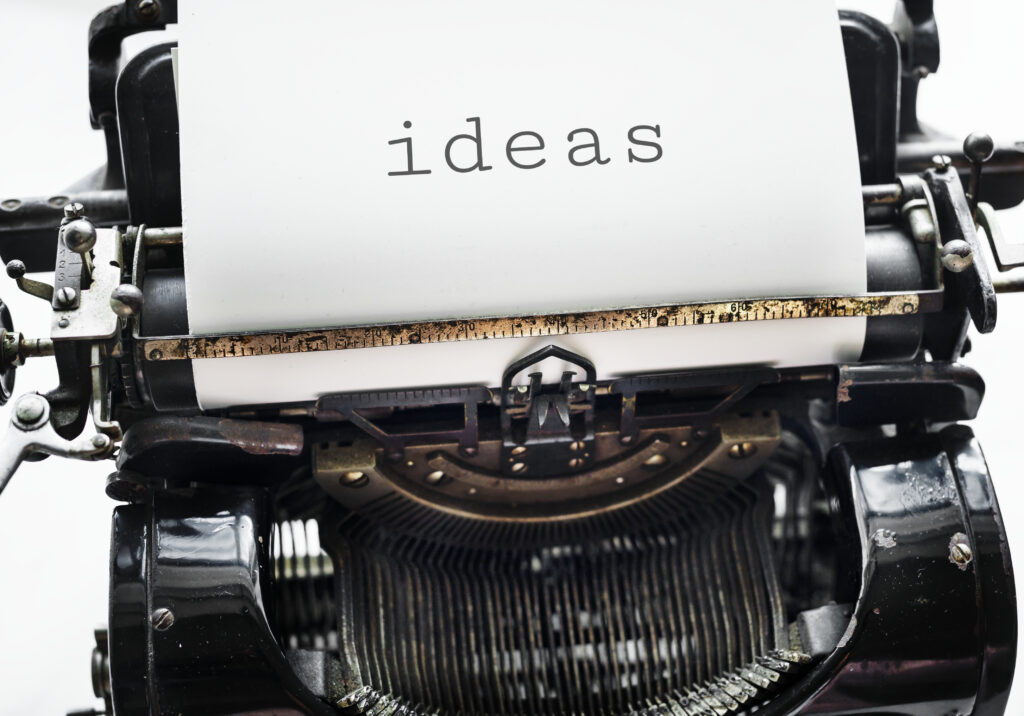Understanding AI Art Copyright Laws
In the rapidly evolving landscape of digital technology, artificial intelligence has carved out a novel frontier in the realm of creative expression, one that spawns a myriad of legal problems.
The burgeoning field of AI-generated art, where algorithms can produce work indistinguishable from that of human artists, has sparked an intense debate on the application and adequacy of existing copyright laws.
As legislative and judicial bodies grapple with the implications of AI as an autonomous creator, one must consider the complexities of intellectual property rights in the absence of traditional authorship.
The recent court ruling that AI-generated art cannot be copyrighted under U.S. law if it is created without human input has only underscored the urgency for modern legal frameworks to adapt.
This decision raises critical questions about the future of artistic ownership and originality and foreshadows the intricate web of challenges for artists, technologists, and legal experts.
As we survey the current state of copyright law and its interplay with AI-generated content, it becomes evident that the path forward is as unclear as it is inevitable, beckoning us to explore the intricacies and implications of this unprecedented intersection.
Key Takeaways
- AI-generated art challenges traditional notions of authorship and creativity, as algorithms produce it without direct human input.
- The current copyright framework only accommodates AI-generated art with human involvement, as it is rooted in the principle of human authorship.
- Copyright protection for AI-assisted creations depends on the extent of human involvement and creative decision-making, with substantial human control and originality being key factors.
- There is a need for policy changes, licensing updates, and infringement handling procedures to address the nuances of AI-generated art, including clarifying ownership rights, updating licensing agreements, and establishing precise reporting mechanisms for copyright violations.
Defining AI-Generated Art

AI-generated art refers to the creative works produced by artificial intelligence algorithms without direct human artistic input, challenging traditional notions of authorship and creativity. This emerging domain utilizes generative AI tools to synthesize visual pieces that can mimic various artistic styles or generate entirely novel aesthetics. The key distinction of AI-generated art lies in its non-human authorship, which positions it uniquely against works traditionally protected under copyright law.
The recent ruling that AI-generated art cannot be copyrighted under U.S. law due to the absence of human input underscores a pivotal moment in the intersection of technology and intellectual property rights. The ruling acknowledges that the current legal framework is predicated on human authorship, which is fundamental to the notion of an original work capable of copyright protection. It reflects a gap in legislation that fails to account for the sophisticated outputs of generative AI tools—outputs that may possess qualities of originality and creativity often associated with protected works.
This legal stance prompts reevaluating how artistic creations are categorized and protected. Artists leveraging AI must now navigate an environment where traditional copyright may not apply. They seek alternative avenues, such as trademarks or patents, to secure their interests and maintain control over their AI-driven creations.
Current Copyright Framework

As the legal landscape grapples with the evolving nature of AI-generated art, the current copyright framework remains firmly rooted in the principle of human authorship, presenting a complex matrix for creators and legislators alike.
This was exemplified by a recent U.S. court ruling in Washington, D.C., which declared that works created by AI without human intervention do not qualify for copyright protection under existing U.S. law.
The decision underscores the current state of intellectual property law, which traditionally recognizes the rights of human creators. Here are some pivotal aspects of the existing framework that are pertinent to AI-generated art:
- The US Copyright Office maintains that authorship must be by a human, denying registrations for purely AI-generated works.
- Intellectual property law has yet to fully adapt to the challenges posed by AI in the realm of creative works.
- The court’s affirmation of the Copyright Office’s rejection of AI-created works highlights the gap between technological advancement and legal doctrine.
- Existing copyright protection mechanisms do not accommodate the nuance of AI-generated content without human input.
- The fair use doctrine may play a role in using AI-generated art, but it does not resolve the underlying issues of authorship and protection.
The ruling impacts the art industry and signals a pressing need for legal reform to address the unique circumstances AI presents.
AI and Human Collaboration

In copyright law, the delineation of rights in AI-assisted creations hinges on the extent of human involvement and creative decision-making in the artistic process. The U.S. Copyright Office has consistently underscored that AI systems cannot be deemed the author of work generated through AI. This position highlights the critical nature of AI and human collaboration, where the human creators’ influence determines copyright eligibility.
Analyzing recent precedents, we observe that copyright protection is granted when the work reflects substantial human control and originality, as evidenced by the U.S. Copyright Office’s nuanced stance on AI-generated art. This policy underscores that while the AI may perform tasks within the creative workflow, the use of copyrighted material by AI does not automatically grant copyright to the resulting output.
Legal challenges have brought into focus issues surrounding AI’s use of copyrighted work, necessitating a more defined collaboration between AI models and human creators. These collaborations are essential to navigating the complex legal landscape, ensuring sustainable creativity and continuous improvement of AI technology and creative outputs while respecting the intellectual property rights that form the backbone of artistic expression.
Notable Legal Precedents

Building upon the understanding of AI and human collaboration, we focus on specific legal precedents shaping the copyright landscape for AI-assisted creations.
A pivotal case in this realm involved computer scientist Stephen Thaler, who sought copyright for works generated by his AI system, DABUS. Under Judge Beryl Howell, the U.S. District Court for the District of Columbia issued a landmark decision that AI-generated art without human input cannot be protected under U.S. copyright law.
Key points from this case and others include:
- AI Art: The court differentiated AI-created art from human-made works, emphasizing the importance of human authorship for copyright eligibility.
- Stephen Thaler: Thaler’s argument highlighted the growing complexity of AI’s role in creation, pushing the boundaries of what is considered an ‘author.
- Judge Beryl Howell: Howell’s ruling set a precedent that may influence future AI-generated content cases.
- US District Court: The decision by this court adds to the legal framework within which AI art is evaluated and understood.
- Stable Diffusion: While not directly related to this case, the rise of platforms like Stable Diffusion raises additional questions about the legal status of works generated by AI.
This ruling underscores the evolving nature of copyright law in the face of rapidly advancing AI technology.
Copyright Office Stance
Recognizing the complexities inherent in AI-assisted creative processes, the US Copyright Office maintains that works produced by AI do not qualify for copyright protection unless there is a discernible human author. The Copyright Office’s stance emphasizes the importance of traditional authorship elements, including originality, creativity, and human intentionality. In this light, an AI system cannot be copyrighted because it lacks the capacity for legal recognition as a creative entity.
Granted, copyright hinges on human contributions within the collaborative process between AI and artists. When AI is utilized as a tool in the creative process, the resulting work may be eligible for copyright protection, provided the human involvement is substantial and influential on the outcome. The legal framework thus scrutinizes the creative control exerted by humans to establish copyright eligibility.
Addressing the intersection of technology and intellectual property, the Office’s approach to copyrighted works involving AI reflects a careful consideration of innovation against established legal norms. It underscores a commitment to safeguarding human creativity while acknowledging the evolving role of AI in artistic expression. This balanced perspective is crucial in navigating the legal and ethical nuances presented by the burgeoning field of AI-generated art.
Implications for Artists
Artists leveraging AI to generate creative works must navigate a new legal landscape with challenges and uncertainties regarding copyright protection and ownership. The evolving nature of art facilitated by image generators raises pivotal questions about the originality and attribution of artists’ work. Without a clear legal consensus, artists are finding themselves at a crossroads.
To clarify the situation, consider the following implications for artists:
- Protection and Monetization: Artists must investigate non-traditional methods to safeguard and profit from AI-assisted creations.
- Alternative Intellectual Property Rights: reliance on trademarks or patents could become more prevalent instead of copyright.
- Importance of Licensing and Contracts: Establishing explicit agreements may be crucial for asserting control over AI-generated art.
- Industry Impact: The art sector might undergo significant changes, particularly in how AI-generated works are owned and credited.
- Legal Education: Artists should become conversant with the legal aspects of AI art, especially the use and implications of training data.
As the dialogue around copyright infringement and AI continues, artists must remain proactive in understanding their rights and the potential limitations when engaging with this new mode of expression. The intersection of technology and creativity reshapes the art world’s legal framework.
Tech Company Responses
In reaction to the recent court ruling, tech companies are swiftly reassessing their policies to address the nuances of AI-generated art. These firms are now tasked with crafting licensing updates aligning with the evolving legal landscape, ensuring compliance and continued innovation.
Furthermore, developing clear infringement handling procedures has become critical to mitigate potential conflicts arising from using AI in creative processes.
Policy Changes
Prompted by the recent US court ruling, several technology companies have begun revising their copyright policies to address the complexities of AI-generated art. The landscape of legal protection for such works is evolving, with policy changes reflecting the new judicial stance. Companies are taking a proactive approach, mindful of the court’s decision and pending lawsuits that could further shape the discourse.
- Review of Terms of Service: Adjustments to clarify ownership rights of AI-generated content.
- Collaboration with Copyright Offices: Seeking guidance on best practices for AI art.
- Clear Attribution Standards: Ensuring that creations that require human involvement are distinguished.
- Anticipation of Supreme Court Review: Preparing for possible escalations in the United States legal system.
- Protection Strategies: Advising artists on safeguarding their AI-assisted works.
These responses exhibit an analytical and strategic adaptation to a shifting legal environment.
Licensing Updates
Recognizing the implications of recent legal rulings, technology companies are updating their licensing agreements to address the nuances of AI-generated art ownership and copyright.
The U.S. court decision stating that AI work cannot be copyrighted if created without human input has prompted a reevaluation of copyright registration processes. Tech firms are now meticulously crafting licensing updates to clarify copyright claims associated with AI creations.
This proactive approach reflects a deep understanding of copyright law’s evolution and potential impacts on the art industry. Moreover, it underscores the importance of delineating ownership and control over AI-generated works. This concern is especially relevant in jurisdictions like the United Kingdom, where legal frameworks may differ.
Infringement Handling Procedures
Tech companies are swiftly devising strategies for addressing copyright infringement claims related to AI-generated content, reflecting the urgent need for clear protocols in the wake of recent legal developments.
- Establishment of dedicated teams to assess and respond to infringement notifications
- Implementation of content filters to prevent the use of copyrighted works without authorization
- Creation of precise reporting mechanisms for artists to claim violations of their copyrights
- Development of licensing agreements to ensure lawful use of substantially similar creations
- Legal readiness to address disputes in court if informal resolution fails
The emphasis on infringement handling procedures underscores tech companies’ acknowledgment that they do not violate copyright law; a balance must be struck between innovation and the rights of creators of copyrighted works.
International Copyright Perspectives
Globally, the approach to copyright protection for AI-generated art varies considerably, reflecting diverse legal philosophies and the challenges of international harmonization. Recent developments in the US, where a court in the District of Columbia ruled that AI-generated art cannot be copyrighted without human input, underscore the complexities involved. This judicial determination has ignited a broader discourse on international copyright perspectives, especially concerning AI systems.
The decision by the Court for the District of Columbia has not only set a precedent within the US jurisdiction but also acts as a reference point for other nations grappling with similar issues. While international agreements and treaties aim to provide a cohesive framework, the rapidly evolving nature of AI-generated content exposes gaps in the current system. Countries are now confronted with interpreting, adapting, or overhauling existing statutes to address the novelty introduced by AI systems in the creative domain.
As some jurisdictions might consider seeking copyright protection for AI-generated art, the variance in international laws presents a significant hurdle. The quest for a uniform approach is fraught with legal and philosophical debates, necessitating an ongoing effort to reconcile the protection of intellectual property with the realities of technological advancements.
Future Legal Challenges
As international legal systems grapple with the implications of the recent U.S. court ruling, future legal challenges are set to emerge regarding the copyright status of AI-generated art and the protection of related intellectual property rights. The ruling has established that art created by AI without human input cannot be copyrighted, prompting a significant shift in the legal landscape.
- There is a need to clarify the extent of human involvement required for a work to be considered copyrightable.
- Determination of ownership and attribution for works produced using AI, such as those created with the text-to-image generator Midjourney.
- Legal implications for companies like Getty Images in using AI technologies.
- Potential challenges to using copyrighted images to train AI systems like Stable Diffusion.
- The evolving relationship between AI-assisted creations and traditional copyright categories.
These points underscore the complexities of copyright law in the age of AI. Legal experts, artists, and tech companies are trying to figure out how to navigate this new terrain. As AI advances and becomes more integrated into creative processes, the legal system will be tasked with balancing the protection of human creativity with the innovative potential of Artificial Intelligence.
Moving forward, developing new works and using existing styles without infringing on copyrights will be central to these ongoing legal debates.
Protecting Creative Works
In light of the U.S. court’s decision, the foundational principles of copyright law are now under scrutiny, particularly concerning the legal status of AI-generated works. This ruling necessitates reevaluating how such creations are protected, potentially prompting a shift towards alternative intellectual property strategies.
Moreover, it is imperative to consider the ramifications of the fair use doctrine as it applies to using and reproducing AI-generated content within legal and creative spheres.
Copyright Fundamentals
Understanding the fundamentals of copyright law is essential for safeguarding the originality and ownership of creative works, especially in the evolving landscape shaped by AI-generated art.
The legal framework is designed to balance the rights of creators with the public’s interest in accessing cultural works, but recent developments have put this balance to the test.
Here are key points to consider:
- A U.S. court’s ruling that AI-generated art lacks copyright eligibility
- Copyright Office’s stance, reinforced by the judiciary, against AI art copyrights
- Emerging legal challenges necessitating updates to existing copyright laws
- The necessity for artists to seek alternative protections for AI-generated content
- Potential influence of this decision on future AI technology and global copyright norms
AI Creations’ Legal Status
Given the evolving legal interpretations of copyright law, the status of AI-generated art as a protectable creative work remains a contentious issue. Defining AI-generated art in legal terms is central to this debate.
Recent US court rulings have set notable legal precedents by determining that art produced without human input does not qualify for copyright protection. This aligns with the current copyright office stance, which mandates a human author for copyright eligibility. Tech company responses vary, with some advocating for more inclusive rights while others adapt to the legal framework.
Internationally, copyright perspectives are fragmented, requiring harmonization. As technology advances, future legal challenges are anticipated, necessitating a proactive dialogue among stakeholders to balance innovation with the protection of creative works.
Fair Use Considerations
The recent judicial stance on AI-generated art necessitates thoroughly examining fair use principles to protect creative works in the digital age. An analytical review of these principles must account for:
- Fair use guidelines provide a framework for determining permissible uses without copyright infringement.
- Transformative use is assessing if the new work adds new expression or meaning.
- Public domain considerations allow free use of works not protected by copyright.
- Derivative works and their eligibility for protection when based on copyrighted material.
- Non-commercial use, parody, and satire are often shielded under fair use doctrine.
These factors collectively shape the legal landscape for AI art, balancing the rights of original creators with cultural and technological innovation.
FAQs
What is the role of copyright laws in the context of AI-generated art?
Copyright laws aim to protect the rights of creators by granting exclusive rights to reproduce, distribute, and display their original works. In the context of AI-generated art, these laws govern issues of ownership and usage rights.
Who owns the copyright for AI-generated artworks?
Determining the copyright owner for AI-generated artworks can be complex. In many jurisdictions, the copyright is initially attributed to the human creator, but questions arise when AI plays a significant role in the creative process.
Can AI itself hold the copyright for its generated art?
In some jurisdictions, AI may not hold copyright, as copyright is traditionally associated with human creators. Ownership is often attributed to the individual or entity that develops or uses the AI model to generate art.
How does the level of human involvement affect copyright ownership in AI art?
Copyright ownership may depend on human involvement in the creative process. If a human artist actively contributes to the creation or directs the AI, they are more likely to be considered the copyright owner.
Can copyright be shared between the AI and the human creator?
In some legal systems, copyright-sharing agreements between the AI and the human creator may be possible. Clear contractual agreements specifying the contributions and rights of each party can help define the arrangement.